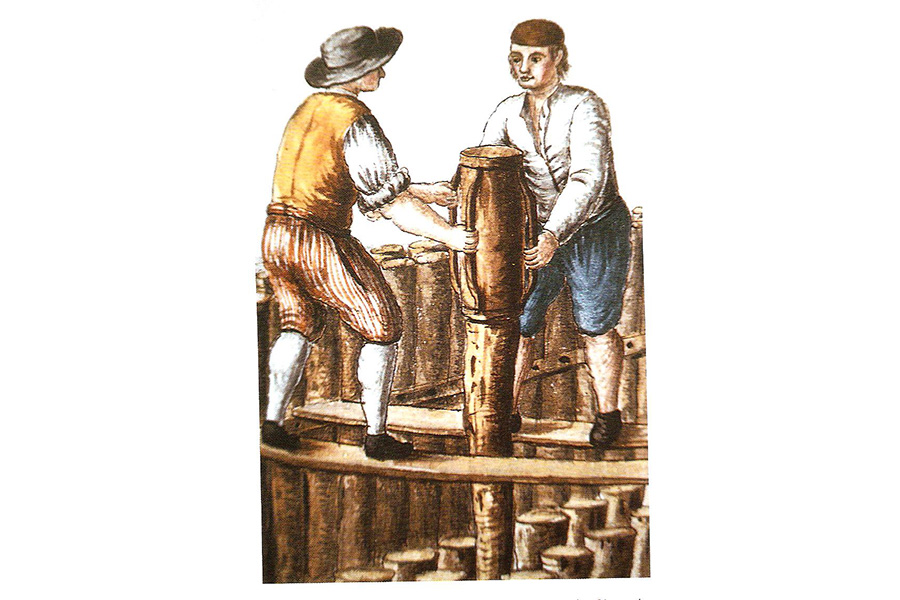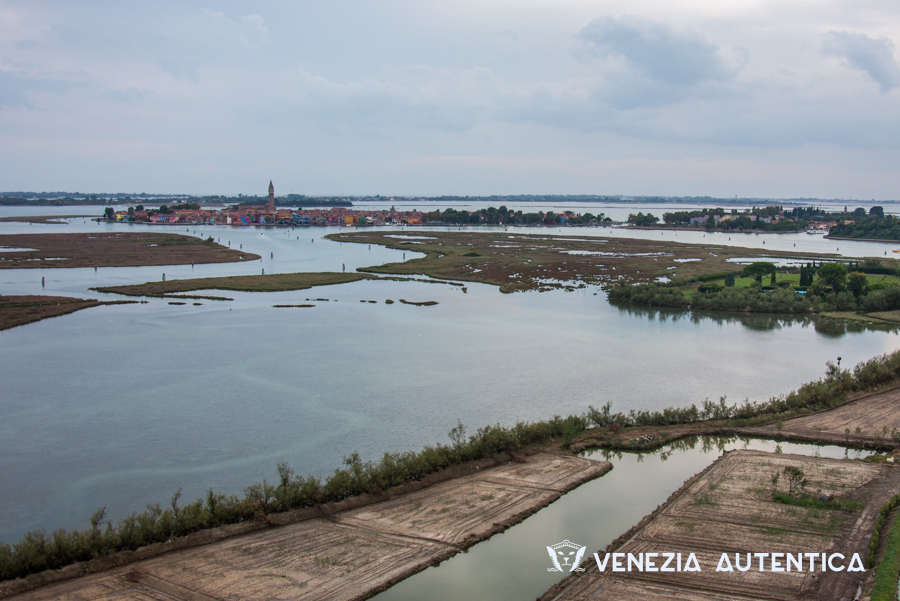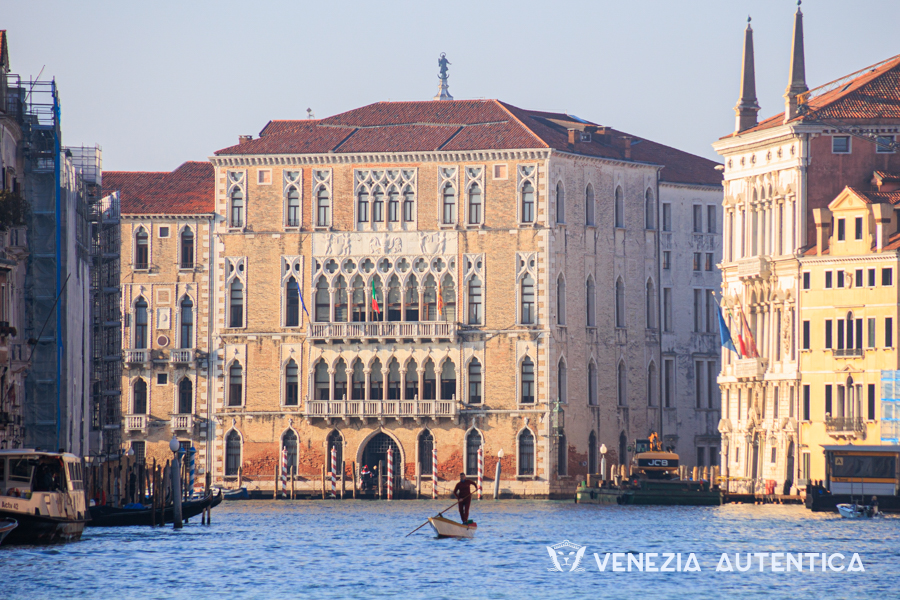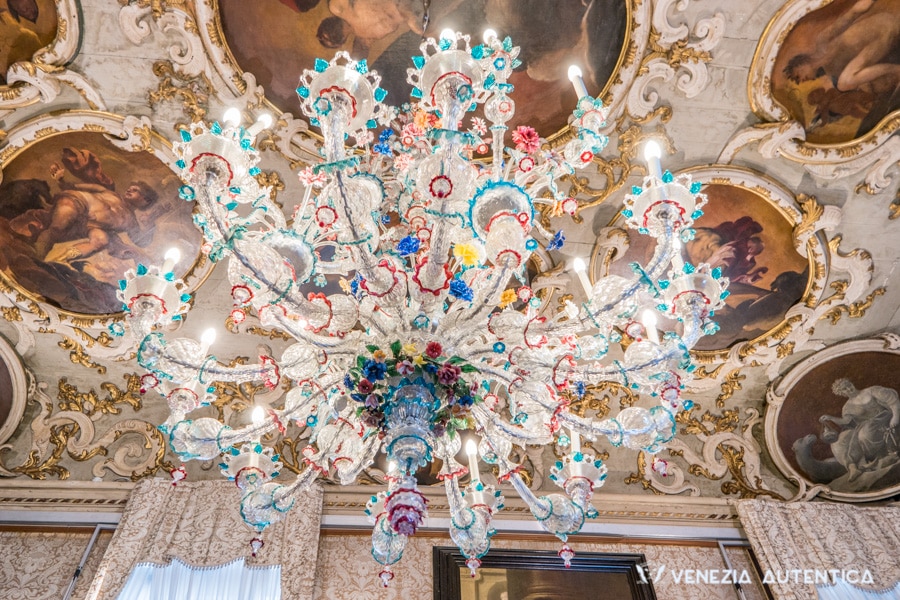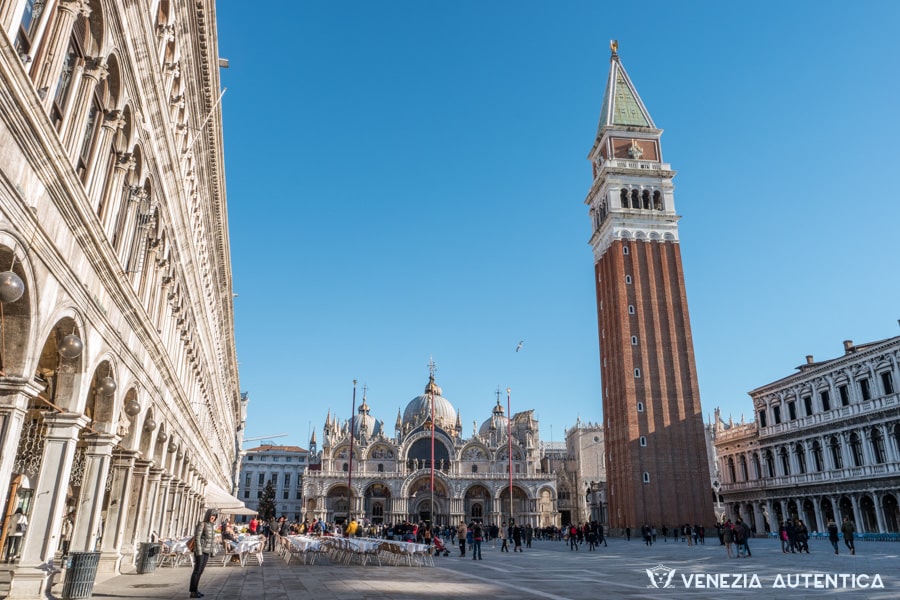How was Venice built?
One of the first things people wonder when they get here is how Venice was built.
If you’re on this page, it means that the same just happened to you, too, right?
Indeed, while “Wow, Venice is so beautiful!” is often the first sentence, “How did they build Venice?” is almost always the first question.
So, we’re answering your question below!
Why was Venice built in the middle of water?
The story of how Venice came to be starts in the 5th century AD.
When barbarian attacks struck mainland of Italy, people living on the edges of the Venetian Lagoon moved to the islands of the Lagoon for safety.
Even though these marshy, unstable islets didn’t seem like a good place to live, they were the start of one of the most famous cities in the world.
Today, Venice is hailed as an engineering marvel, and is known worldwide for its intricate architecture and famous canals.
To be more precise, Venice consists of a complex network of 116 islands, 177 canals, and 423 bridges.
An Innovative Foundation: Anchoring the Floating City
The buildings in Venice were built with long wooden piles that were driven deep into the ground.
These piles went down through the soft silt and dirt to a layer of hard clay that was strong enough to hold up the buildings above.
Oak or larch, which are very resistant to water, was used for the building.
This was important because the piles were driven into a mixture of mud and water.
Usually, this would have caused the wood to rot, but a few things kept the wood in good shape for over 1000 years.
The Magic of the Lagoon: Transforming Wood into Stone
First, wood can only rot when it has both air and water, so the lack of oxygen in the muddy ground saved the wood.
Second, the lagoon’s waters carried a large amount of silt and soil, which the wood absorbed.
This sediment, in turn, sped up the rate at which the wood would petrify into something like stone.
How the piles were put in also greatly affected how long the structures would last.
They were put as close together as the soil would let them, and the spaces between them were filled with rocks and stones to keep the silt from rising during the next piling.
On top of the piles, two layers of wood were added.
This was the start of the masonry work, which often used limestone because it wouldn’t let water through.
The Rise of Venice’s Buildings: Constructing the Cityscape
In general, all buildings in Venice were built using a 4 materials: wooden piles, limestone, brick, and Istrian stone.
Here is a typical construction sequence in Venice:
- Wooden Piles: Alder tree wooden piles were hammered about 4 meters (or 13 feet) deep to solidify the soft ground.
- Limestone Layer: A layer of limestone was placed above these piles. This served as a solid base for the structure above and protected the wooden piles from the erosive action of the seawater.
- Brick Construction: The actual building was then constructed, often with bricks.
- Istrian Stone Facade: To further protect the structure from the corrosive effects of salty lagoon water, the lower portions of the buildings (including the water-facing facades) were often faced with a dense type of limestone known as Istrian stone. This stone is more resilient to the marine environment and weathering. In other words, Limestone in Venice had dual roles: as a protective layer above the wooden piles and in the form of Istrian stone as a resilient facade material.
- Marble Decoration: Finally, for decorative purposes, some more noble buildings were decorated with marble. This happened usually in the upper parts of the buildings where it was less likely to come in contact with the salt water that would damage it.
Crafting Venice’s Network: Canals and Bridges
The complex system of canals and bridges in Venice is just as crucial to the city’s identity as its buildings.
The city’s famous canals were made by changing the natural waterways on the islands.
The Grand Canal is Venice’s main canal. It shows off the city’s beautiful palazzos and everyday life. Bridges, which were first made of wood and then changed to stone, were very important for getting around the city.
The Rialto Bridge is the oldest stone bridge in Venice, and it shows how amazing the city’s engineering and architecture are.
Challenges and Drawbacks
Over the years, Venice has been sinking because the sea level has been rising steadily.
In Venice, the average sea level is six feet higher than 1600 years ago.
This has made flooding worse.
Moreover, as industrial activity and aquifer pumping under the city have grown, the sinking and the erosion around the lagoon have reached dangerous levels.
In response to these problems, the Italian government decided to build mobile barriers across the lagoon inlets that surround Venice to protect the city.
Saving the City from Flooding: The Mose Project
To deal with the high water, a plan called “Project MoSE” (Modulo Sperimentale Elettromeccanico) was started in 2001.
As part of the project, 78 hinged steel box gates were built and placed at the lagoon entrances at Lido, Malamocco, and Chioggia.
The gates are hidden when not in use and rest on the seabed. When the tide is forecasted to be high enough to flood Venice, air is pumped into the gates, which forces the water out of them and allows them to open up.
One hard part of the project was figuring out the right height for the barrier to account for the rising sea level. After talking with the Intergovernmental Panel on Climate Change at the UN, a 60 cm rise in sea level was taken into account.
Concerns with the Mose floodgates
Venice is becoming more and more prone to floods, which used to happen only a few times a year but now happens hundreds of times a year.
The use of the floodgates to temporarily separate the Venetian Lagoon from the Adriatic Sea has caused environmental concerns in the regards to the well-being of the Lagoon among professors and environmental groups.
A research paper titled “Loss of geomorphic diversity in shallow tidal embayments promoted by storm-surge barriers”, conducted by scientists from the University of Padua, examines the effects of storm-surge barriers (the MOSE system) on the Venice Lagoon.
The study found that the system’s activation reduced the sediment input to the lagoon’s salt marsh islands by 12%.
These sediments are essential for the islands’ survival, as they allow them to rise above sea level.
However, the closing of port mouths slows down the lagoon’s water currents, leading to sediments remaining in the channels instead of depositing on the islands.
This process might endanger the islands’ existence and the ecosystem services they provide. Clearly, further research is necessary to balance the protection from flooding and the preservation of the lagoon’s morphology.
Venice Today: The Challenges of Preservation
As you can see, “How was Venice built?” isn’t just a question about the past.
It’s also a way to look at the city’s current and future problems. Today, Venice faces problems like rising sea levels caused by climate change and the stress of a lot of tourists, and it must constantly come up with new ways to keep its unique history and architectural wonders safe.
However, the story of how Venice was built is an excellent example of how people can adapt and solve issues with new and creative ideas.
In the past, Venetians in the past manage to build Venice in a swampy lagoon and make it grow into an engineering marvel and architectural masterpiece.
Today, it’s our turn to solve modern problems and preserve Venice as a symbol of human strength, resilience and creativity.
I'm visiting Venice. Why should I follow your recommendations?
The way you visit Venice has an impact both on the quality of your experience and on Venice itself. Chilling, exploring, shopping, eating and drinking where the locals do, can make a huge impact both on the memories you bring home and on the local economy and community.
Home >> Venice and Venetians >> Venice Explained >> You’re Here
Facts, Curiosities, History of Venice, Italy
More about life in Venice, Italy



